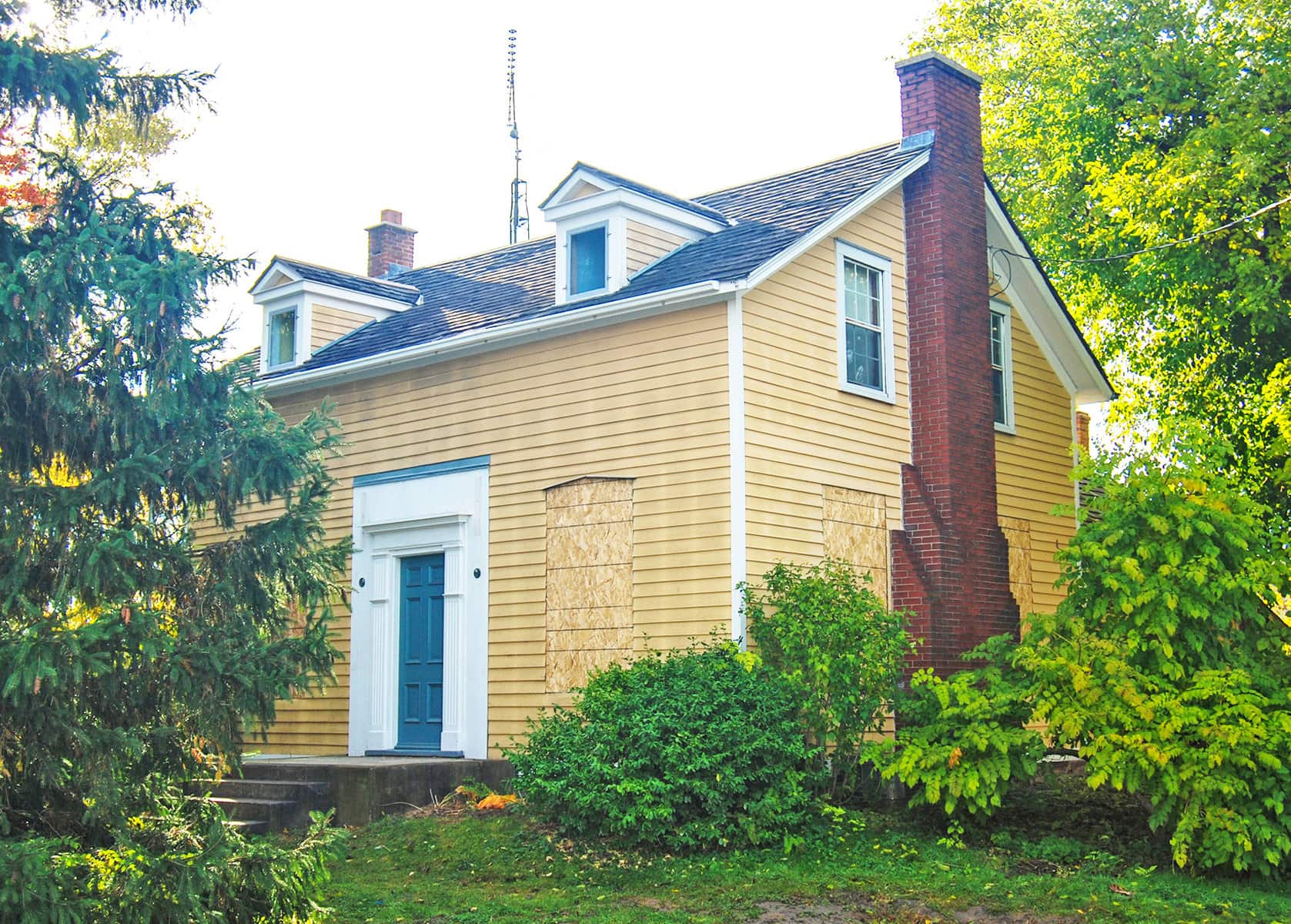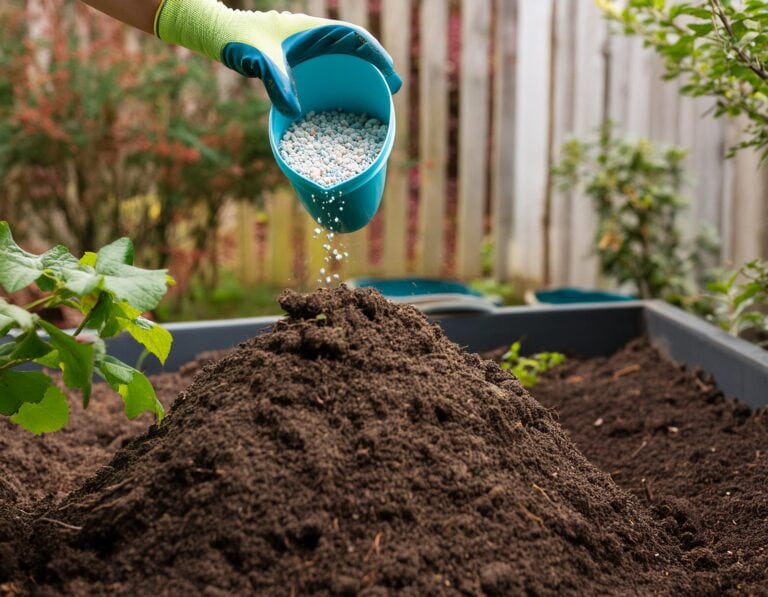A bonus in writing this column has been the bridges it has built to wonderful folks who live in this community.
Many individuals have reached out to me to share stories and experiences that revolved around a place which had been featured in an Arch-i-text article.
Still others, like the intrepid folks who have committed their time to traverse Niagara-on-the-Lake’s byways to identify and record the entire town’s surviving historic home, an ongoing endeavour which to date, with several rural districts yet to be completed and not including the four principal settlement areas, has yielded over 200 houses constructed prior to 1925 and a fascinating pattern of rural settlement which may well deserve future academic study.
Then there are the folks who have committed their time, wallet and the work of their hands to the preservation or restoration of a particular part of our shared built heritage.
I have been privileged to meet people like Jon Kormos, who has owned and taken care of a 19th-century home in Queenston for more than 60 years (that August 2022 article was “Guardians of a 19th-century treasure” and can be found at niagaranow.com/news.phtml/arch-i-text-guardians-of-a-19th-century-treasure/).
Today, I had the opportunity to visit with Helen and Monty Slingerland (recipients of the 2018 Peter J. Stokes Heritage Commendation Award) at their lovingly restored Greek Revival home in rural NOTL.
A more fulsome profile will appear in this column next week. Like Kormos and many others, the Slingerlands elected to have their historic house heritage designated.
Yet, what do all these folks have in common?
Whether born here, raised here, or come from away (like Peter Stokes, myself and many others), this piece of terra firma speaks to our souls. It offers each of us the opportunity to find and cleave to a history which, while it may not strictly be our own, provides the roots upon onto which each of us can graft our lives.
And, continuing on the personal vein, though I can claim my paternal line has seven generations in Canada I still “come from away,” but here, on this soil, I have found a “place to stand” and, apparently, I am not alone.
But, in Doug Ford’s idea of Ontario, none of this matters. It seems to be all about sacrificing his Conservative antecedent’s (Bill Davis) vision of the province on the altar of profits directed into the hands of big developers and their ilk.
Of course, where the head directs, the body of government follows, as the ethos of pushing ahead while ignoring the harm inflicted on non-priority items (like heritage, ecosystems, agriculture, etc.) permeates the system.
Allow me to illustrate this with the story of three historic houses.
Until recently, near the corner of Queenston and Airport roads, three houses stood side by side.
The first, at #71, was built circa 1859. The second, a cute little Arts & Crafts bungalow, was constructed circa 1900. The third, a proud three-bay Georgian, was completed circa 1857.
Over the past few years, in preparation for the expansion of the Skyway bridge, each of these properties was acquired by the provincial government, the last of which was the Georgian, which closed late last year.
In fact, as a result of a conversation I had with the former owner, Bill German, I wrote a piece in this column last October, “Fond farewell and a building worth saving,” suggesting that saving this house was a priority worth exploring.
Again, the community responded in the person of a local custom builder who contacted one of his clients and proposed the house be lifted and moved to a NOTL property the client owned. The client indicated he was prepared to undertake the project if the province would agree.
This initiated a series of phone calls and emails to provincial government offices. Initially, the people at Infrastructure Ontario were receptive, seeing this as a win-win.
However, as the communication shifted to the ministry responsible, all dialogue ceased and it became obvious that they simply did not care about altering their normal modus operandi.
In the intervening months, the 1859 house has been razed and there is no doubt that the others will soon follow.
Bill German spent years preserving and caring for his Georgian. Anyone who owns a historic house understands the time and cost associated with what can best be described as a labour of love.
But Bill, like many others, chose not to protect the legacy of his home and his work with heritage designation.
Now, I cannot state that designation would have saved these three houses, but I can assert that it would have forced the consideration of methods to preserve them.
I have yet to meet an owner of a historic property who does not have a bit of a love affair with their old house. So, I ask, why not take the simple steps to ensure it is preserved for future generations to enjoy.
As the Slingerlands stated, the heritage grants they received on their designated property helped to defray the costs of its preservation.
If you are interested in exploring designation, feel free to email me at homeguide.ca@gmail.com and I’ll point you in the right direction.
Brian Marshall is a NOTL realtor, author and expert consultant on architectural design, restoration and heritage.










